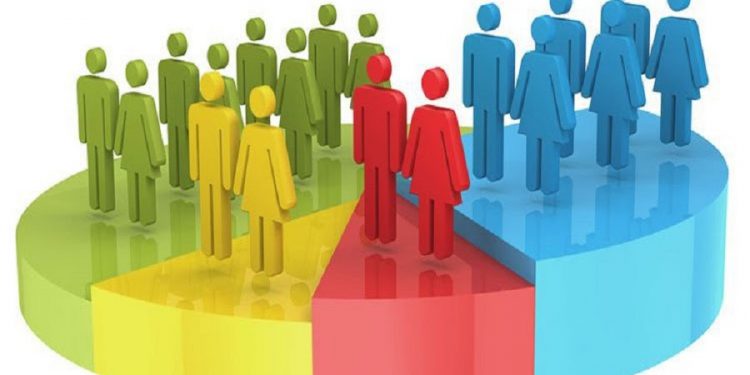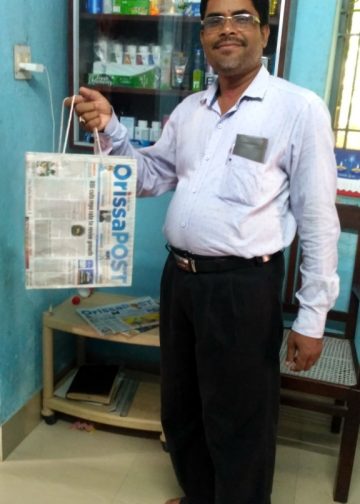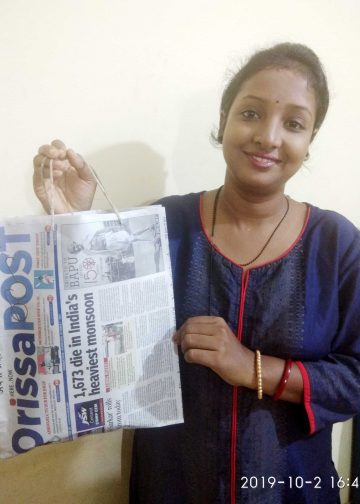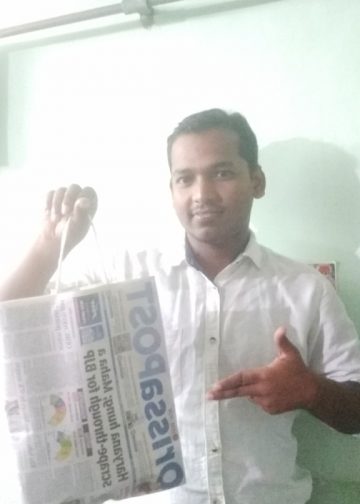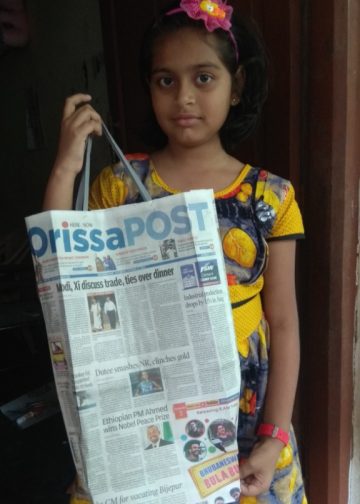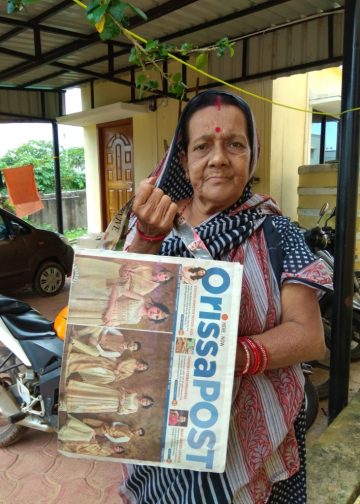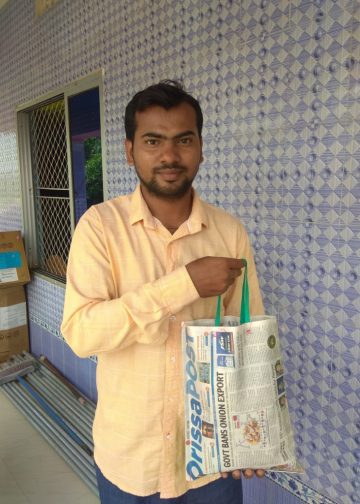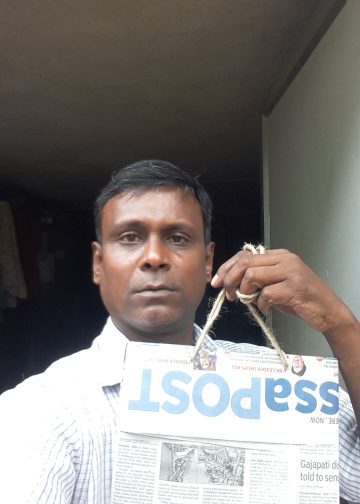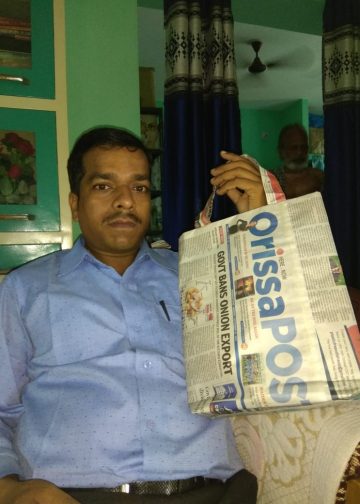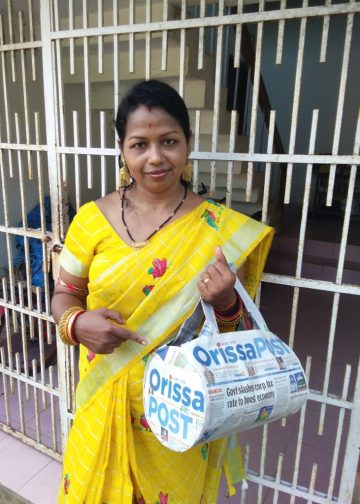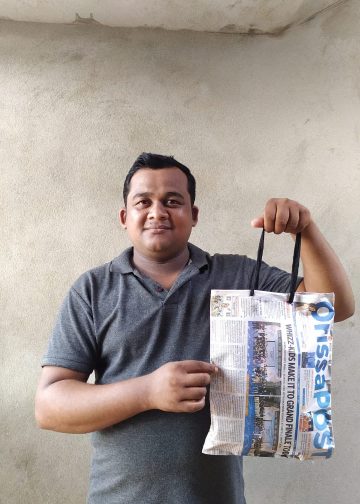ARINDAM GANGULY, OP
Bhubaneswar: As the world marks World Population Day 2025 (July 11) with the theme “Empowering young people to create the families they want in a fair and hopeful world,” Odisha stands at a crucial point in its demographic journey. With the upcoming 2027 Census—India’s first-ever digital and caste-based enumeration—the spotlight is back on the state’s shifting population trends, challenges, and emerging opportunities. Odisha, with a projected 2025 population of 46.95 million (4.70 crore), ranks as India’s 11th most populous state. Beyond the figures lies a complex narrative of youth aspirations, rural-urban migration, and structural challenges.
Youth at the crossroads
With 34 per cent of Odisha’s population aged between 15 and 34, the state is experiencing what demographers call a “youth bulge.” According to Naba Kishore Pujari, a social impact professional and public policy practitioner, this bulge is both a golden opportunity and a ticking policy time bomb. “Despite the potential, Odisha’s youth face above-average unemployment (6.8 per cent) and underemployment (10.8 per cent),” Pujari notes. “In 2023 alone, 1.75 million people migrated out of the state—many driven by economic distress rather than choice,” he says. Many of these youth are trapped in the informal sector or are classified as NEET (Not in Employment, Education, or Training), signalling a critical need for inclusive skilling, quality job creation and regionally balanced development.
A climate of inequality
Climate change expert Ranjan Panda emphasises how environmental degradation is deepening economic disparities. “There are gross inequalities that mar the world now,” Panda warns. “Governments are investing more in border security than in human security. Education is costly, jobs are unstable, and climate impacts are forcing rural and tribal youth to migrate in distress,” he says.
Also Read: NIT-R study calls for support systems for parents of kids with developmental disabilities
The rural-urban shift
While more than half the world’s population lives in urban areas, Odisha lags behind with just 17 per cent urbanisation (as per the 2011 Census). But that’s changing fast. Urban planner Piyush Ranjan Rout explains, “Odisha is undergoing a demographic transition. Urban population growth is now outpacing rural, driven by migration and expansion of urban boundaries. Cities are where GDP is generated and private sector jobs are created.”
Challenges in health, education, and livelihoods
Odisha still grapples with persistent issues—malnutrition, inadequate healthcare, under-resourced education infrastructure, and high vulnerability to natural disasters. These affect marginalised communities the most, particularly Scheduled Tribes and Castes in remote areas. Research scholar Manoranjan Panda observes, “As Odisha shifts from an agrarian economy to one driven by industry and services, it’s crucial to align skill development and livelihood infrastructure. Strengthening public schools and universities is essential to building a skilled workforce.”

